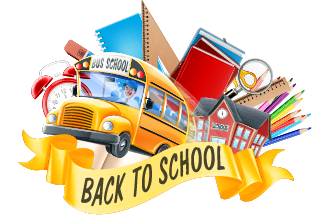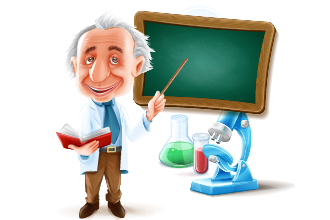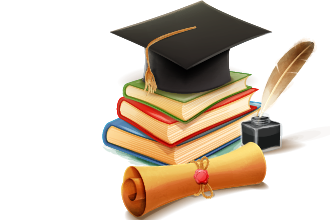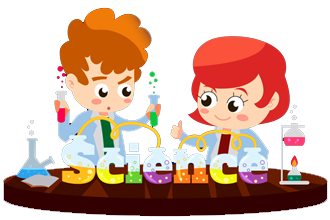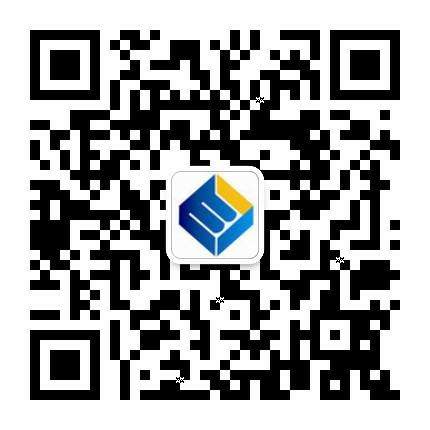News updates
Review three space lectures and experience the charm of science (2013-2021-2022)

Following the sharing of the teaching content of the second lesson of "Tiangong Classroom" with everyone on Thursday, March 31st, we have received praise and comments from children, parents, and teachers. The editor has felt everyone's enthusiasm for science and their longing for space, These two days, we have compiled the first space lecture given by astronaut teachers on the Tiangong 1 space station (June 20, 2013) and the first lesson of the "Tiangong Classroom" held on the Chinese space station (December 9, 2021). Once again, we will enter a different science popularization classroom with everyone and experience the charm of science.
space-based lecture
At 3:40 pm on March 23, 2022, three astronauts from the Shenzhou 13 crew, Zhai Zhigang, Wang Yaping, and Ye Guangfu, collaborated to complete the second lesson of "Tiangong Classroom".
2013年6月20日第一次太空授课
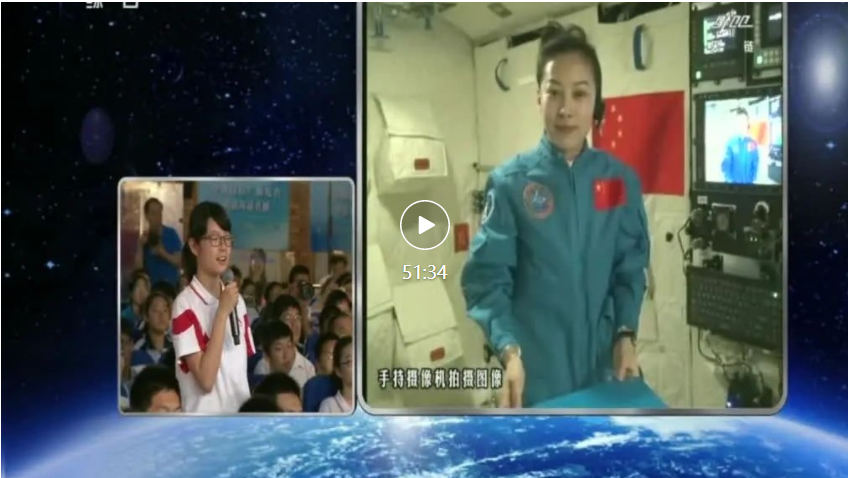
The first "Space Teaching" video on June 20, 2013 can be viewed by clicking on the link below:
https://mpvideo.qpic.cn/0bc3t4aa2aaabiagmksggzrfbh6dbwpqadia.f10002.mp4?dis_k=24ffe538693c5a1a848b700c76770dc4&dis_t=1649389306&vid=wxv_2335219994122633216&format_id=10002&support_redirect=0&mmversion=false
At 10:05 am on June 20, 2013, astronauts Wang Yaping, Zhang Xiaoguang, and Nie Haisheng opened this magical "space lecture" inside the Tiangong-1 spacecraft.

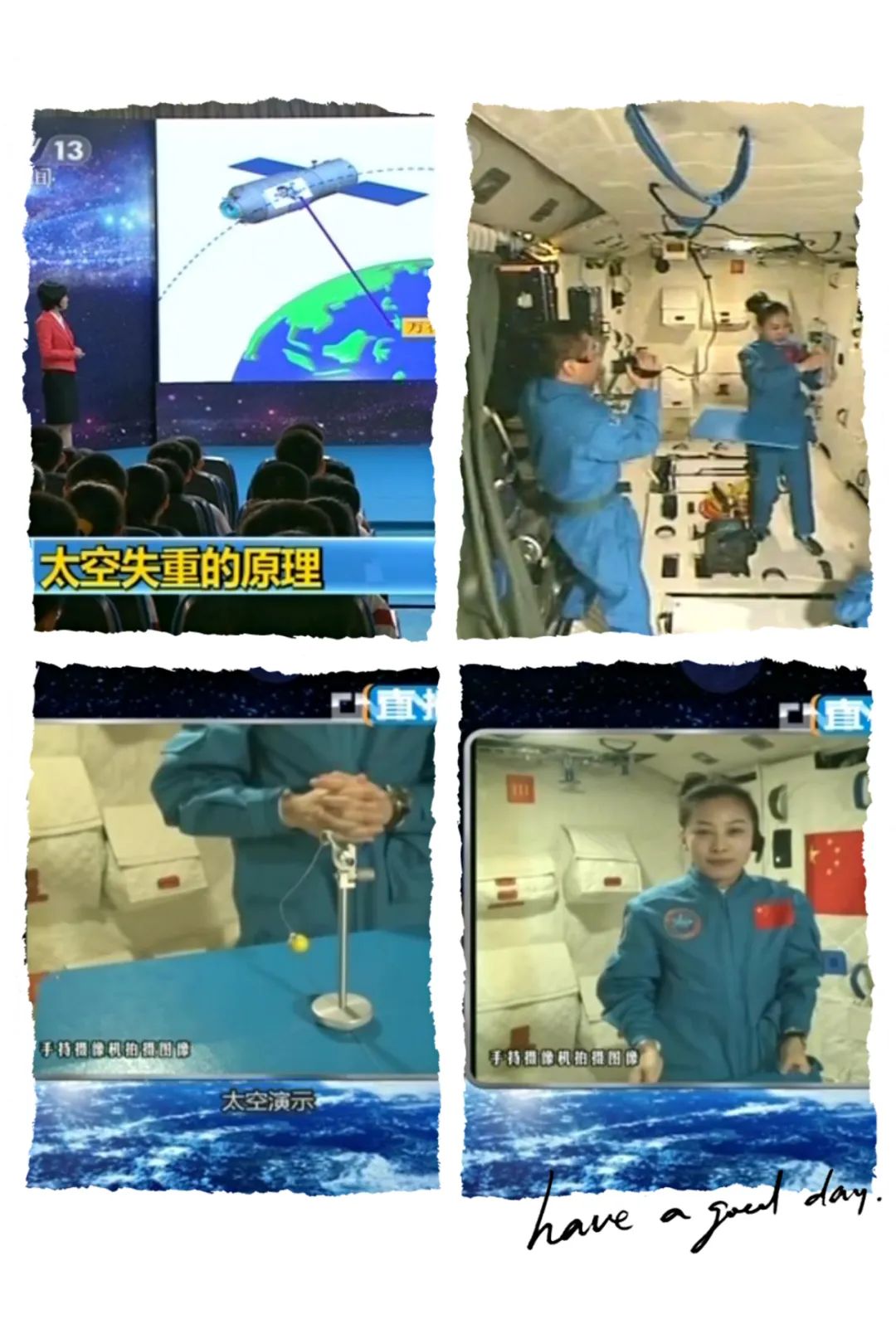
This lecture has brought students the characteristics of object motion under weightlessness conditions and the effect of liquid surface tension. Let's review together!

👆Quality testing demonstration
There is a bracket shaped device on the bulkhead of Tiangong-1, known as a mass measuring instrument. Astronaut Nie Haisheng fixed himself on one end of the bracket. Astronaut Wang Yaping gently opened the bracket and let it go again. The bracket returned to its original position under the action of the spring. The LED screen on the device can display the weight of astronaut Nie Haisheng.

👆Demonstration of Single Pendulum Movement
Astronaut Wang Yaping gently lifted the yellow small steel ball tied to the T-shaped bracket to a certain position and released it. The ball stopped in mid air, but if he gently pushed it along the tangent direction with his fingers, the ball would move in a circular motion around the axis of the bracket.

👆Gyro demonstration
Astronaut Wang Yaping suspended a gyroscope in the air and gently pushed the top of it with his hand, causing it to roll and fly towards the distance. But when the gyroscope is first rotated and then given an interfering force, a wonderful thing happens - the rotating gyroscope no longer rolls, but flies forward in a fixed axial direction.

👆Water film demonstration
Astronaut Wang Yaping gently placed a metal ring into a water bag and slowly pulled it out. At this time, a large water film formed on the metal ring, which would not flow or break. Astronaut Wang Yaping also attached a plastic sheet with a Chinese knot pattern to the surface of the water film, which is still intact.

👆Water Ball Demonstration
Astronaut Wang Yaping slowly poured water from a drinking bag onto a water film, which turned into a shiny big water ball. Even more strangely, through this water ball, we can also see the "inverted" teacher Wang Yaping.
In June 2013, astronauts and teachers gave their first "space lecture", and their plain and humorous language and intuitive and easy to understand explanations left a deep impression. After an 8-year hiatus, Chinese astronauts are once again teaching in space. Zhai Zhigang, Wang Yaping, and Ye Guangfu, the "space teachers", brought a wonderful space science popularization lesson to young people on the Chinese space station. This is the first space teaching activity on the Chinese space station, and the "Tiangong Classroom" has been upgraded more than a little!
On December 9, 2021, the first lesson of "Tiangong Classroom"
China Space Station's First Space Teaching Project
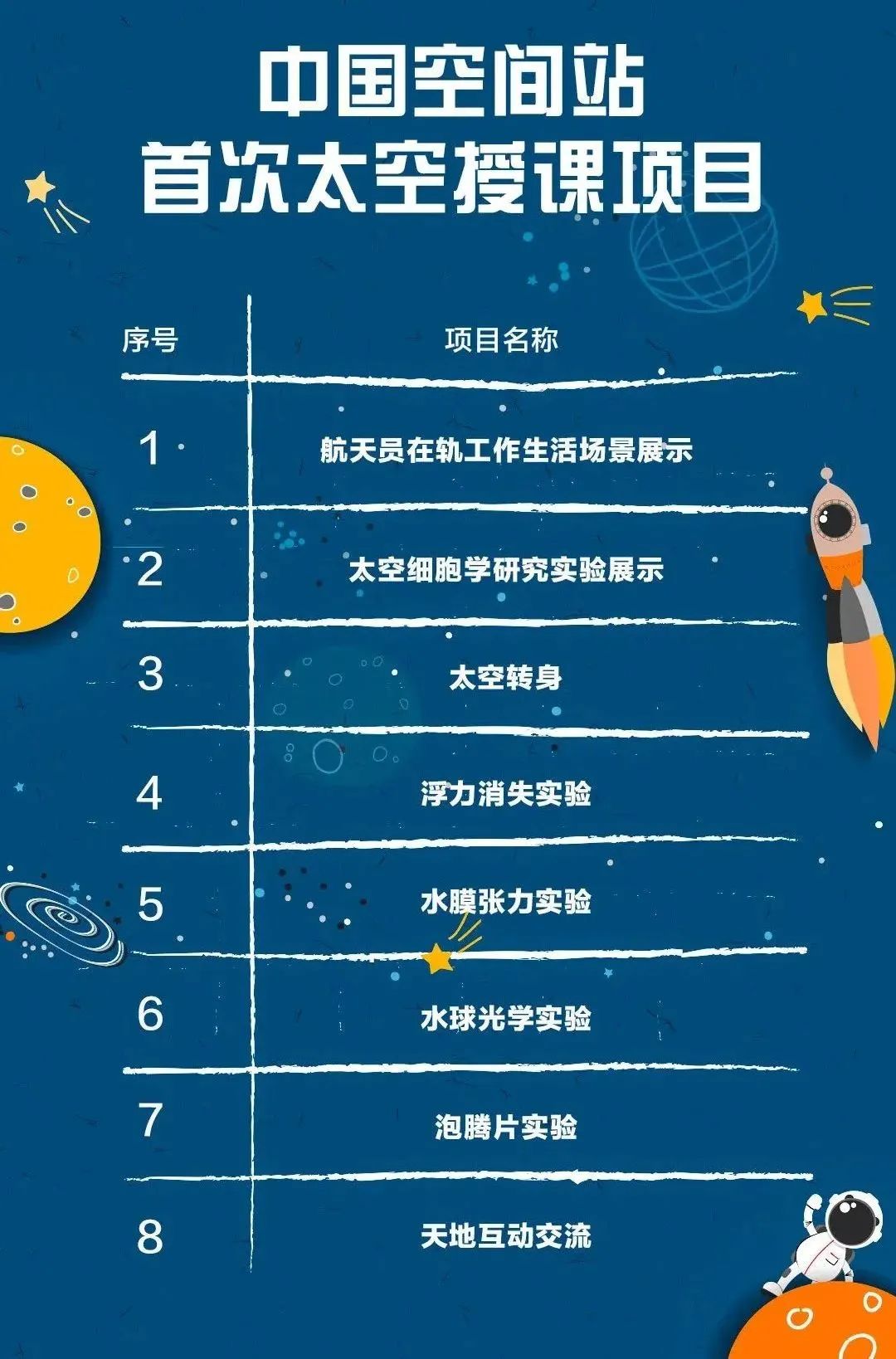
On December 9, 2021, the first lesson of "Tiangong Classroom" was divided into 8 projects, including: astronaut in orbit work and life scene demonstration, space cytology research experiment demonstration, space turning, buoyancy disappearance experiment, water film tension experiment, water ball optics experiment, bubble film experiment, and interaction and exchange between heaven and earth.

The video of the first lesson of "Tiangong Classroom" can be viewed by clicking on the link below:
https://mpvideo.qpic.cn/0bc3j4abaaaag4akjgkg4frfat6dcbhqaeaa.f10002.mp4?dis_k=55d2c97c088e80bf70a65b5ca8963db5&dis_t=1649402513&vid=wxv_2335533048098045953&format_id=10002&support_redirect=0&mmversion=false

👆航天员在轨工作生活场景展示
Before the start of the lecture, space teacher Wang Yaping first showed everyone the scene of astronauts working and living in orbit. Through the live camera, it can be seen that the space station not only has a space kitchen, fitness tools, but also an independent small space belonging to astronauts. Teacher Wang Yaping showed everyone his bedroom, which was decorated with photos of his family and his favorite little dolls.
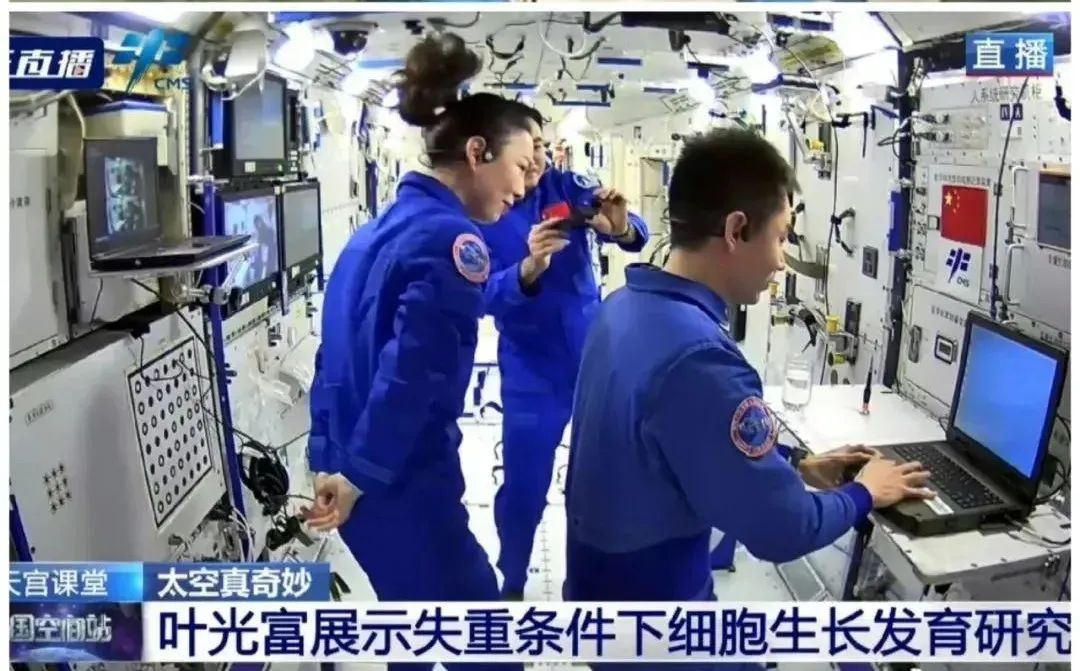
👆Experimental demonstration of space cytology research
At the "Tiangong Classroom", astronaut Ye Guangfu showed everyone the study of cell growth and development under weightlessness conditions, and the myocardial cells observed under a fluorescence microscope flickered.

👆Space Turning
The astronaut teacher demonstrated the magical phenomenon of turning in space, which is easy to perform on the ground but difficult to complete in space.

👆Buoyancy disappearance experiment
In many science fiction movies, there have been scenes where once gravity disappears, buoyancy disappears, making it even more difficult for people to swim. The buoyancy disappearance experiment conducted by space teacher Wang Yaping demonstrates this phenomenon.

👆Water film tension experiment
In the classroom, Teacher Wang Yaping reproduced the water film experiment shown in the last space lecture, and based on this, she took out an origami flower that she had completed with her daughter. Watching the origami flower bloom in space, Teacher Wang Yaping said, "Seeing this flower reminds me of my daughter. Teacher Wang Yaping also sends blessings to the "flowers" of our motherland.

👆Water Ball Optics Experiment
When an astronaut injects a bubble into a water ball, as the buoyancy has disappeared in space, the bubble will not float upwards, but will remain in the water ball honestly. As a result, the water ball is divided into two parts by the bubble, with air in the middle and water around the bubble. At this point, the entire water sphere becomes two lenses, and the outer ring becomes a convex lens, presenting an inverted image. The inner ring is equivalent to a combination of two concave lenses, and at this point, an upright image appears. Therefore, two figures can be seen simultaneously in the water sphere, one upright and the other inverted.

👆Effervescent Tablet Experiment
The effervescent tablet experiment conducted by astronauts was an interesting experiment in this space lecture. In a ground environment, by throwing a bubble into a water ball, bubbles can be seen to rise. However, in the weightless environment of the Chinese space station, due to the disappearance of buoyancy, the bubbles generated by throwing the bubble into the water no longer rise, but compress each other, forming a very interesting appearance. This water ball will also be supported larger by the bubbles, and the effect of the water ball expanding slightly can be seen.
The reason why these physics experiments were chosen for this space lecture is based on multiple considerations. Firstly, from a safety perspective, the experiments conducted by space teaching must be carried out while ensuring the normal operation of the Chinese space station. As the Chinese space station is a brand new space station, astronauts have a lot of work to do, so the first step in space teaching experiments is to ensure safety, which is the overriding principle.
Secondly, from a teaching perspective, there is a clear difference between the sky and the ground, so it is necessary to select some experimental projects that can show the obvious differences between heaven and earth, so that everyone can intuitively feel the differences between the space environment and the ground environment of the space station.
The entire space teaching activity was live broadcast, with a main classroom on the ground set up at the China Science and Technology Museum and four sub classrooms on the ground set up in Nanning, Guangxi, Wenchuan, Sichuan, Hong Kong, and Macau. A total of 1420 primary and secondary school student representatives participated in the on-site activity. During the teaching period, the astronauts had multiple real-time interactive exchanges with teachers and students in the ground classroom through video calls. The students actively raised questions in the classroom, and the teachers also provided vivid answers, demonstrating a very lively classroom atmosphere.
March 23, 2022, "Tiangong Classroom" Lesson 2
On the afternoon of March 23, 2022, the second class of "Tiangong Classroom" continued to adopt a dialogue between heaven and earth. Astronauts demonstrated the space "ice and snow" experiment, liquid bridge demonstration experiment, water oil separation experiment, and space parabolic experiment in orbit, introducing and showcasing space science facilities, inspiring the enthusiasm of young people in Guangzhou University to continuously pursue the "scientific dream" and achieve the "space dream".
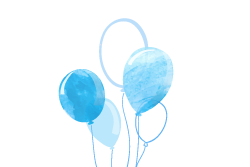
Message from Astronaut Teachers
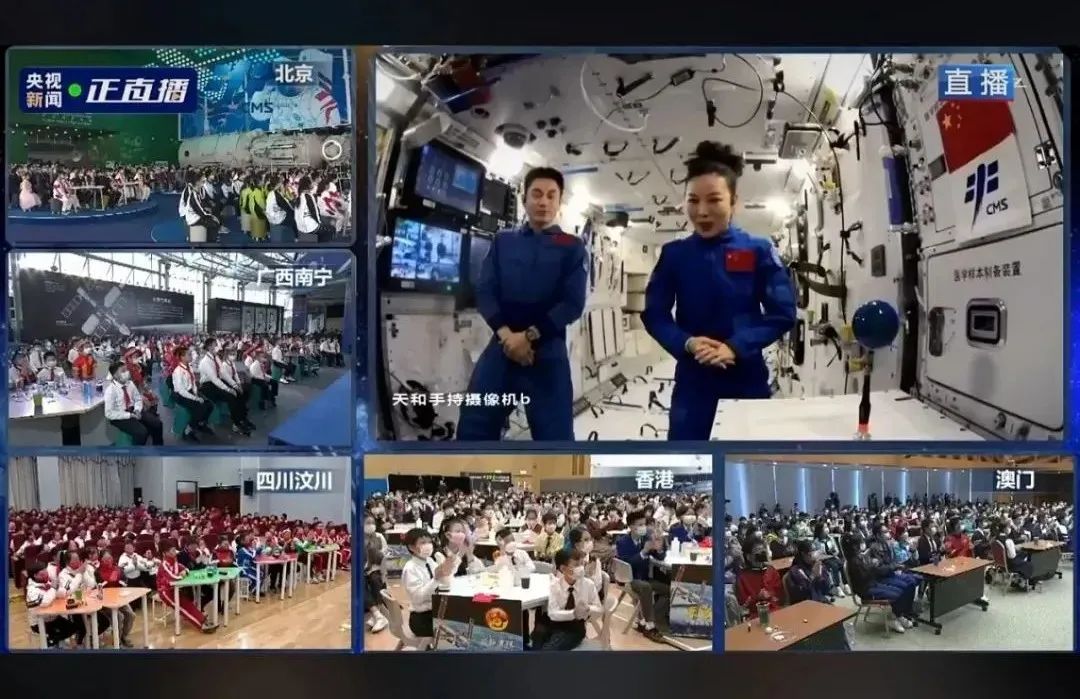

The message videos of astronaut teachers can be viewed by clicking on the link below:
https://mpvideo.qpic.cn/0b2e6iaaeaaabyakzisge5rfb4wdalzaaaqa.f10002.mp4?dis_k=e40ba99e3752017488565f336be74b1f&dis_t=1649402513&vid=wxv_2335509482434576388&format_id=10002&support_redirect=0&mmversion=false
。The two-way interaction and communication between astronaut teachers and ground students has enhanced the students' sense of participation. Teacher Wang Yaping's "Space Teaching" vividly showcases the abstract principles of space from books in front of young people across the country, helping them understand space, stimulating their interest in exploring space, and sowing their space dreams and embarking on a journey of pursuing them. The "Tiangong Classroom" has made science more deeply ingrained in people's hearts and redefined science popularization courses, showcasing China's confidence in science and technology, and allowing the flower of science popularization to bloom.

